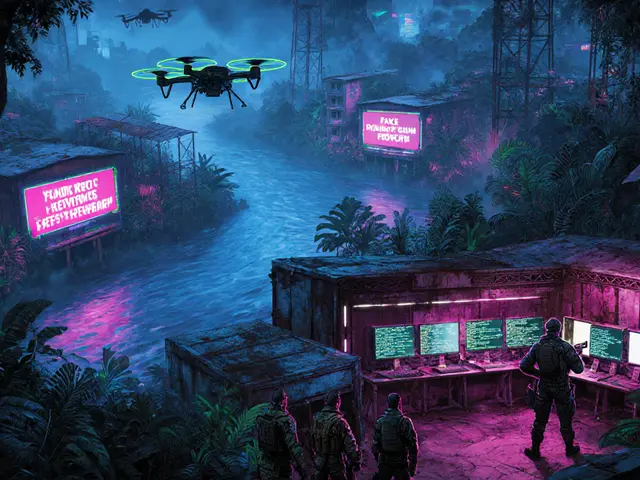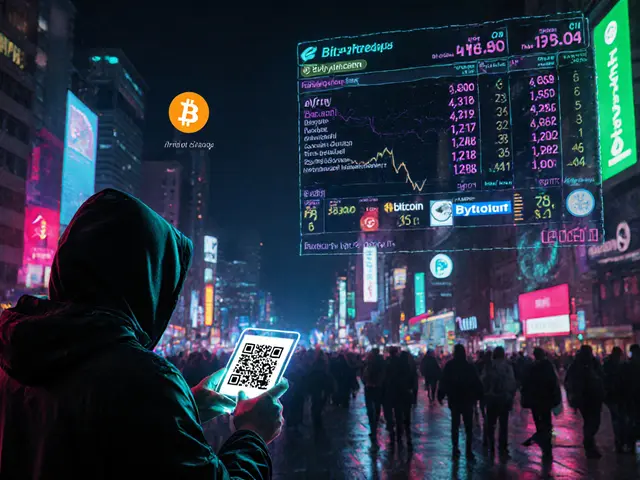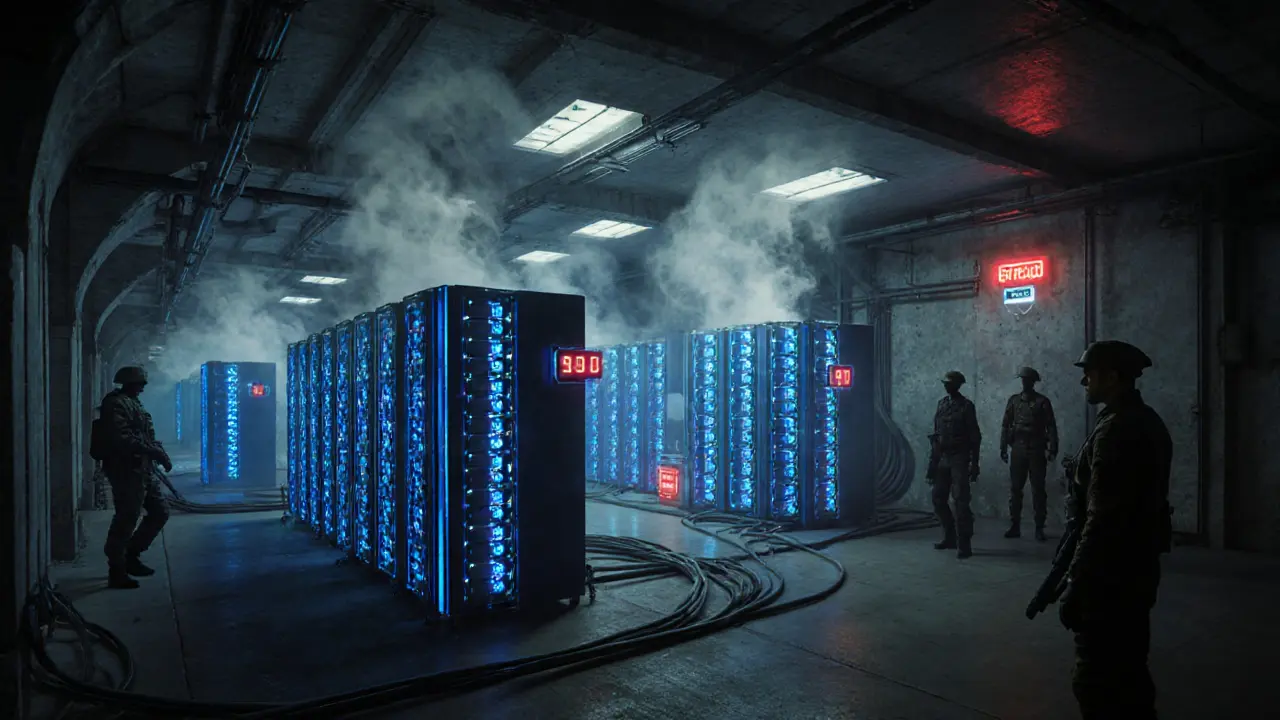Iran Energy Crisis and Its Impact on Crypto Adoption
When the Iran energy crisis, a severe shortage of electricity and fuel that forces widespread blackouts and rationing hits, people don’t just sit in the dark—they find ways to power their lives. For many in Iran, that means turning to cryptocurrency. It’s not because they love Bitcoin or DeFi. It’s because when the grid fails, crypto becomes a lifeline: a way to store value, send money abroad, and bypass sanctions. The Iran energy crisis, a severe shortage of electricity and fuel that forces widespread blackouts and rationing didn’t create crypto use—it exposed how deeply it’s already woven into daily survival.
Electricity isn’t just a utility in Iran—it’s a currency. Mining rigs run on stolen power, private generators, or midnight grid surges. The government bans crypto trading, but enforcement is patchy. People use VPNs, tools that mask online activity to bypass internet censorship and access blocked exchanges to reach Binance, Bybit, or local P2P platforms. They trade USDT for Iranian rials in alleyway meetups, just like they once traded gold. The crypto restrictions, government policies that ban or heavily penalize cryptocurrency use are real—but so are the workarounds. This isn’t about speculation. It’s about inflation, isolation, and the need to keep money alive when the state can’t. The blockchain Iran, the decentralized networks and crypto infrastructure used by Iranian citizens to transfer value despite state control isn’t a tech trend. It’s a survival system.
What you’ll find in the posts below aren’t abstract theories or hype-driven guides. These are real stories: how Bangladeshis use VPNs to trade crypto under crackdowns, how Pakistan’s 15% crypto tax forces people to hide their gains, how sanctions on Syria and Cuba shift crypto flows across borders. The Iran energy crisis is part of a global pattern: when governments fail, people turn to decentralized systems. These posts show you how it’s done—not in Silicon Valley, but in basements, on mobile data, under the radar. You’ll see the tools, the risks, the scams, and the quiet resilience of people who refuse to be locked out of the financial world.




